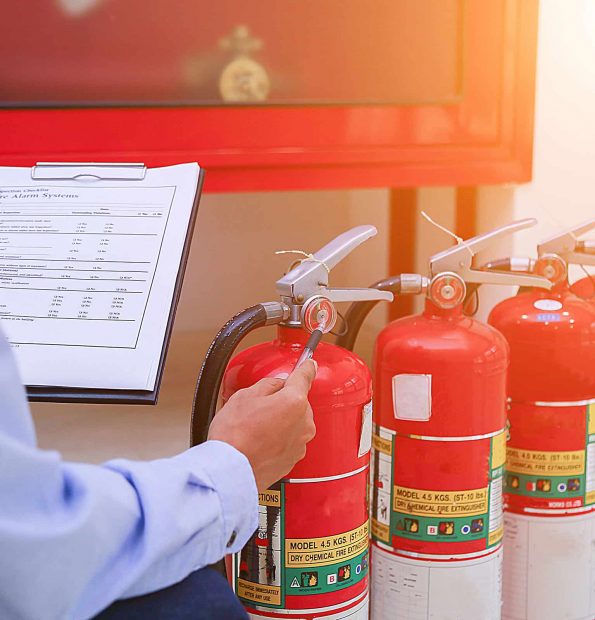Sydney fire safety is more than just checking off boxes. The Annual Fire Safety Statement, also known as AFSS is the center of this system. The document not only fulfills all legal requirements, but additionally demonstrates the owner’s commitment to safety and responsibility. When it is paired with a Fire Safety Certificate, it forms the foundation of an established framework that helps keep occupants safe, insurers reassured and council members confident about the security of the city’s buildings.
Why the Annual Fire Safety Statement Exists
The requirement for an annual Fire Safety Statement Sydney was not designed as an exercise that could be done on paper. Fire protection systems are only effective if they’re regularly maintained, tested and certified. You may think that a sprinkler set up ten years ago works just fine, but it can’t be able to function in a situation of emergency if the system hasn’t been tested.

The AFSS demands that owners prove each year that all of their fire protection features which include alarms and exit lighting, and hydrants are up to requirements originally set out in the Building Code of Australia. This is more than just an inspection. It’s an official declaration that lives are safe and that the structure can be able to stand up to an emergency.
The distinction between AFSS Certificates and Fire Safety Certificates
Owners often make the mistake of confusing the Fire Safety Certificate with the annual report, however the two certificates serve different purpose. The certificate is given once the installation has been completed or major upgrades have been completed. It’s a guarantee that the new measures are compliant with regulations before a building is utilized or rented. The AFSS is after. It’s a regular duty that ensures all systems meet requirements every year.
In combination, they form an entire cycle of protection. certificates validate that safety systems are properly installed and annual reports ensure that the systems are in good condition throughout the lifespan of the building. A failure to complete either step will weaken the entire chain.
The responsibility of building owners
In New South Wales, the AFSS process is unique in that the owner of the property has the final responsibility. The AFSS is not a list of defects that can be classified, unlike other forms where they are categorized as either serious or minor. Even if one of the measures is unsuccessful the whole document will be unenforceable.
Owners are required to be proactive. They should organize inspections, recruit accredited practitioners, arrange repairs, and register documents with council – all while observing strict deadlines. This responsibilities includes coordination among landlords, contractors and insurers for strata and commercial landlords. committees. While challenging, this structure is intended to guarantee safety is never compromised or delayed.
The impact of AFSS on Sydney
Beyond compliance with law Beyond legal compliance, the AFSS has broader implications. Tenants frequently inquire about the latest safety declaration of a building when deciding if they want to lease space, and insurers typically require a copy before finalizing insurance coverage. A current annual declaration on fire safety can influence property value as well as tenant confidence and even the cost of insurance.
For councils, it provides reassurance that thousands of buildings across Sydney are being regularly monitored. Fire authorities can reduce risks by ensuring that the systems function in the event of a real emergency. The AFSS does not just focus on protecting structures. It is also about making the town safer as a whole.
Conclusion: AFSS is a Standard of Trust
The requirement of an annual Fire Safety Statement Sydney could be seen as an administrative obstacle however it’s really an indicator of trust. It is a sign that the fire security measures aren’t put at risk. It also demonstrates that the apparatus is trustworthy and that the building owners are taking on their own responsibility for their tenants their well-being. It is a part of a process that validates the construction and the performance of important safety measures.
For property owners, the lesson is clear: the AFSS is more than an annual deadline. It’s a pledge to community trust, safety and accountability. The AFSS is a valuable asset in Sydney’s rapidly expanding urban landscape, where thousands rely on compliant and secure buildings.